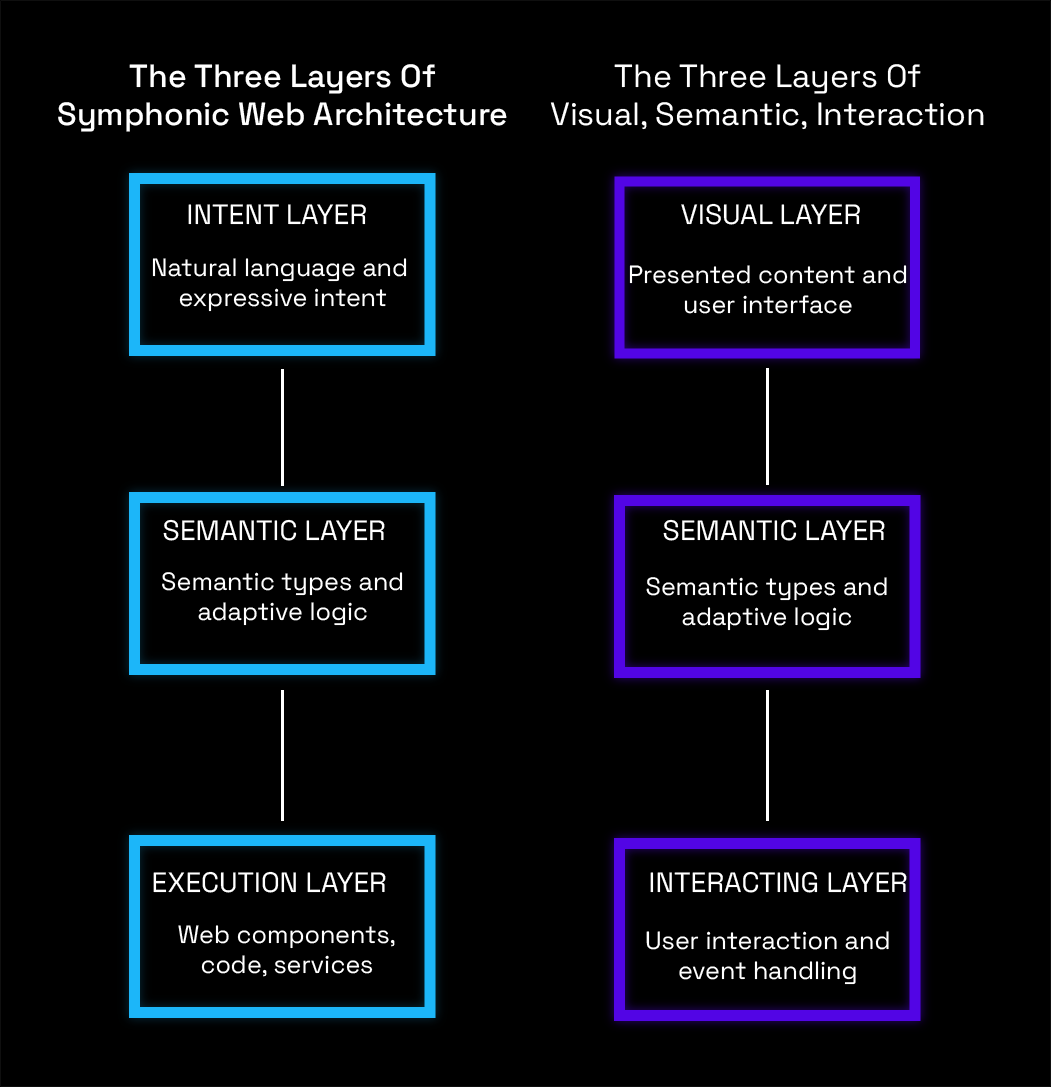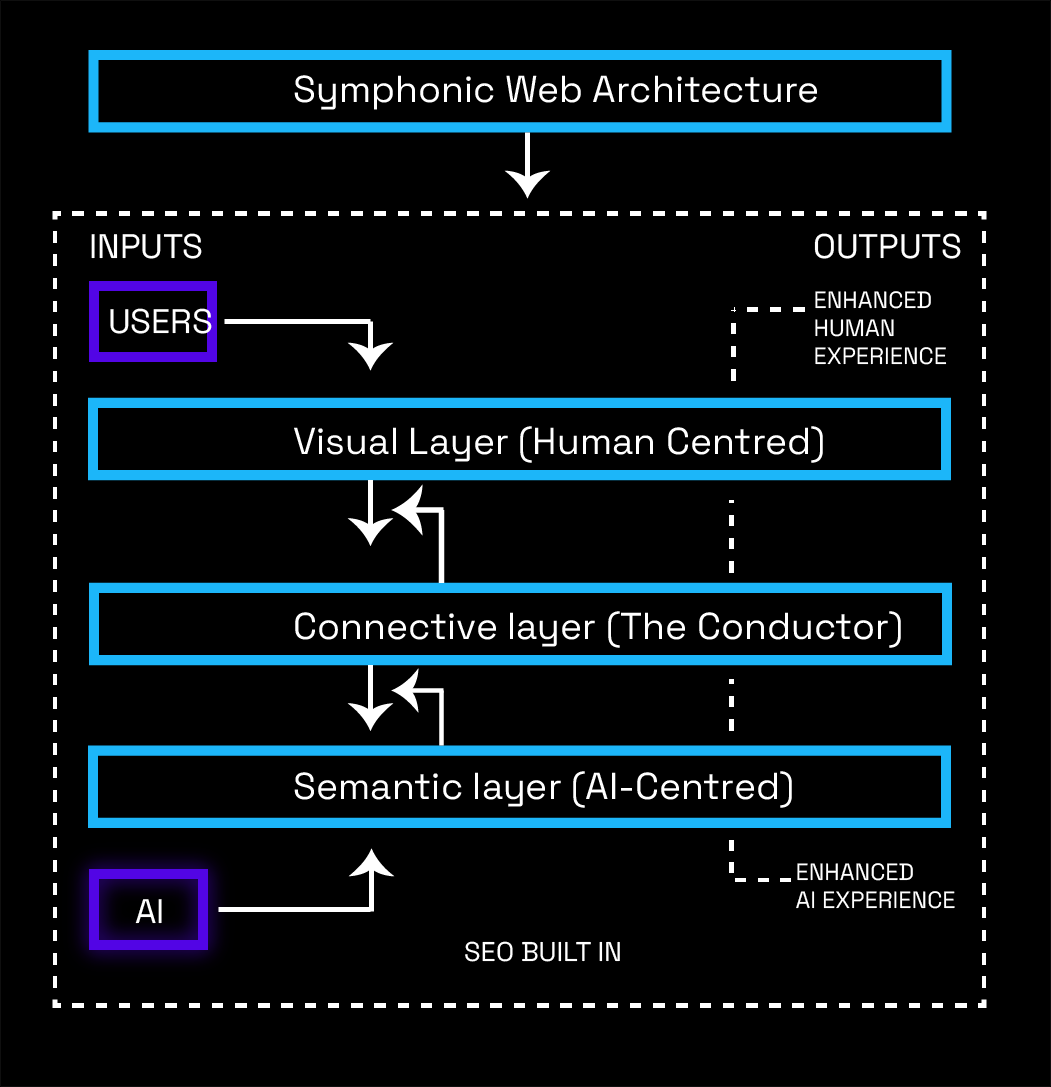
Symphonic Understanding: A New Framework for Integrative Thinking
In our increasingly complex world, we often approach challenges through singular lenses—mathematical formalism in physics, neurological reduction in consciousness studies, or computational models in artificial intelligence. While these specialised approaches yield valuable insights, they often fall short when tackling our most persistent questions.
What if our deepest understanding emerges not when different ways of knowing compete, but when they play together? This is the central premise of Symphonic Understanding—a framework I’ve developed that recognises how different modes of knowing can complement rather than contradict each other.
The Orchestral Metaphor
Imagine yourself in a concert hall as an orchestra tunes their instruments. The oboe offers its A-note, strings follow, woodwinds join, and brass and percussion add their voices—each distinct, yet preparing for something greater than any could create alone.
Just as a symphony doesn’t eliminate the distinct voices of different instruments but creates something greater through their thoughtful integration, Symphonic Understanding develops frameworks where different approaches can work together—each maintaining its unique contribution while participating in something more comprehensive than any could create alone.
Elements of the Symphony
Symphonic Understanding recognises several distinct modes of knowing:
- Mathematical and Logical Understanding: Offers precision and formal relationships
- Metaphorical and Analogical Thinking: Connects abstract concepts to experience
- Visual and Spatial Cognition: Perceives patterns and structures simultaneously
- Embodied Knowledge: Grounds concepts in physical reality through lived experience
- Narrative Understanding: Organises experience through time and causality
- Relational Awareness: Focuses on connections, contexts, and systems
- Emotional and Intuitive Intelligence: Processes information through holistic patterns
- Philosophical Framing: Examines assumptions and clarifies concepts
These modes of understanding require integration through what I call “integrative consciousness”—the capacity to move fluidly between different ways of knowing, recognising when each is most appropriate.
Applying Symphonic Understanding
This framework has profound implications for persistent challenges:
Quantum-Relativistic Integration
For nearly a century, physics has operated with two seemingly incompatible theories: quantum mechanics and general relativity. Traditional approaches seek a “Theory of Everything”—a single mathematical framework to subsume both theories.
Symphonic Understanding suggests a different approach: that these theories might be complementary rather than contradictory—each valid in its domain, like wave and particle descriptions of light. The tension between them isn’t a problem to eliminate but a productive relationship to understand.
Consciousness Studies
Reductionist materialists attempt to explain consciousness entirely through brain activity, while dualists maintain that consciousness involves something fundamentally different from physical processes.
Symphonic Understanding suggests that consciousness might require multiple levels of description, each valid in its domain and none reducible to the others without loss of essential meaning. Rather than asking which level is more “real,” each level captures different aspects of the same phenomenon.

Beyond Academia
Symphonic Understanding has practical implications across many domains:
Education
Rather than teaching subjects in isolation, education could organise around complex questions that naturally require multiple perspectives, developing students’ capacity to move fluidly between different ways of knowing.
Research
Research could develop frameworks for genuine integration across perspectives (trans-disciplinarity), bringing together not just academic researchers but practitioners, indigenous knowledge holders, and others who bring different modes of understanding.
Digital Systems and AI
Architectural approaches that support both human cognition and machine processing become essential. Designs that integrate visual representation for humans with structured semantic data for AI systems exemplify Symphonic Understanding in digital contexts.
Personal Perspective
As a Systems Designer working at the intersection of conceptual frameworks, I’ve come to realise through years of practical experience that there is never a single tool that fixes all problems. My work on Symphonic Web Architecture exemplifies this—while designing systems to serve both human and artificial intelligence needs, I discovered that no single approach could effectively address both.
The framework I’m proposing isn’t another competing methodology but rather a meta-approach that creates space for different methodologies to work together. Like a conductor who doesn’t play any instrument but helps all instruments play better together, Symphonic Understanding doesn’t replace specialised knowledge but helps integrate it more effectively.
Once Glimpsed, Never Unseen
There’s a moment of recognition that often accompanies exposure to Symphonic Understanding—a sense that we’re not learning something entirely new but rather articulating something we’ve implicitly known all along. Like noticing the night sky has always been filled with stars once someone points them out, we recognise that integration across different ways of knowing has always been part of human understanding at its best.
Once we recognise how different ways of knowing can complement rather than compete with each other, we can’t go back to approaches that privilege any single perspective as definitively fundamental. Like discovering that the Earth is round after believing it flat, this recognition fundamentally transforms how we approach complex questions.
The symphony awaits. Let us learn to hear it more clearly, to participate in it more fully, and to contribute our own voices to its ongoing creation.